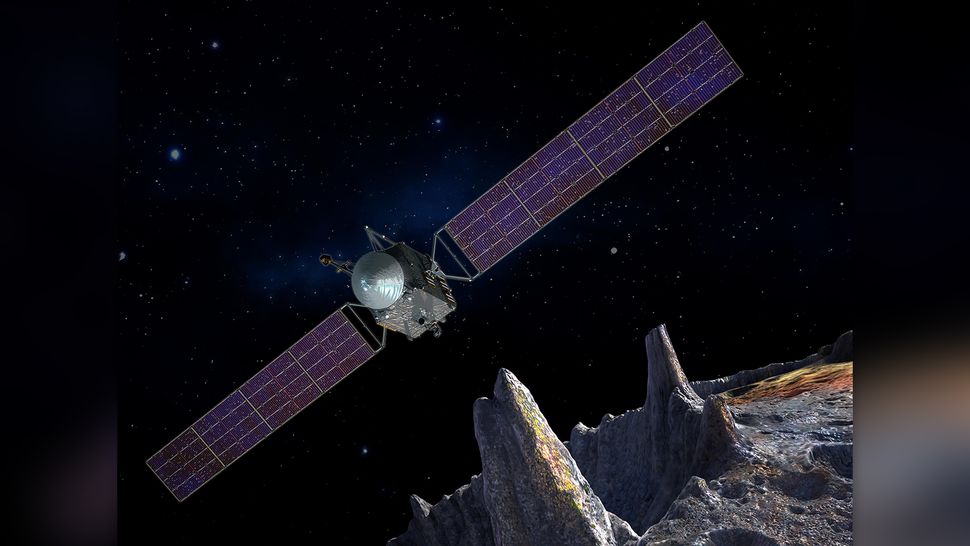NASA’s Psyche mission targets a $100,000 quadrillion asteroid packed with precious metals!
Key Takeaways
- Asteroid 16 Psyche is valued at an estimated $100,000 quadrillion due to its rare metals.
- Current asteroid mining technology is between levels 3-5 on NASA’s readiness scale (1-9).
- Mining asteroids may be more useful for building structures in space than for Earth’s economy.
- The Moon offers an alternative mining site, but asteroids contain higher concentrations of resources.
- Psyche mission and others aim to explore, not mine, revealing space’s resource potential.
_________
A $100,000 Quadrillion Treasure in Space
NASA’s Psyche mission, launched on October 13, 2023, aims to explore 16 Psyche, a metal-rich asteroid located millions of miles from Earth. Estimated to be worth $100,000 quadrillion due to its abundance of valuable metals like platinum and palladium, the asteroid offers a glimpse into planetary cores and the potential of extraterrestrial mining. First contact with Psyche is expected in 2029, providing vital data on its composition.
The Challenges of Mining in Space
While the technology for mining asteroids exists, it remains in early stages. Equipment must be adapted to handle low-gravity and high-radiation environments, as well as operate autonomously due to communication delays of up to 20 minutes. On NASA’s Technology Readiness Levels scale, asteroid mining tools currently rank between levels 3 and 5, needing advancements to levels 6-7 before practical deployment.
Funding is another hurdle. Despite private companies like AstroForge and TransAstra showing interest, significant capital is required to turn laboratory-tested technology into operational missions. Experts estimate small-scale asteroid mining could begin within five years if funding were secured.

Bringing asteroid materials back to Earth may not be cost-effective due to high expenses and declining prices of platinum-group metals. However, resources like water extracted from asteroids could be split into hydrogen and oxygen for rocket fuel, supporting deep-space exploration. Metals could also be used to construct large structures in space, reducing reliance on Earth-based materials.
Exploration Takes Priority
Asteroids aren’t the only celestial bodies under consideration for resource extraction. The Moon, closer and more accessible, contains similar materials but in lower concentrations. Mining the Moon offers logistical advantages, requiring days rather than years to reach. Nonetheless, asteroids like Psyche remain attractive due to their high concentrations of metals and resources.
Despite the excitement surrounding asteroid mining, current missions focus on research rather than resource extraction. NASA’s OSIRIS-REx recently returned samples from the asteroid Bennu, while Japan’s Hayabusa2 has delivered material from Ryugu. The European Space Agency’s Hera mission will study asteroid impacts for planetary defense.
Asteroids offer insights into planetary formation, Earth’s geological history, and potential defense strategies against future asteroid threats. With existing technology capable of mining asteroids, the next step depends on financial and political support.




